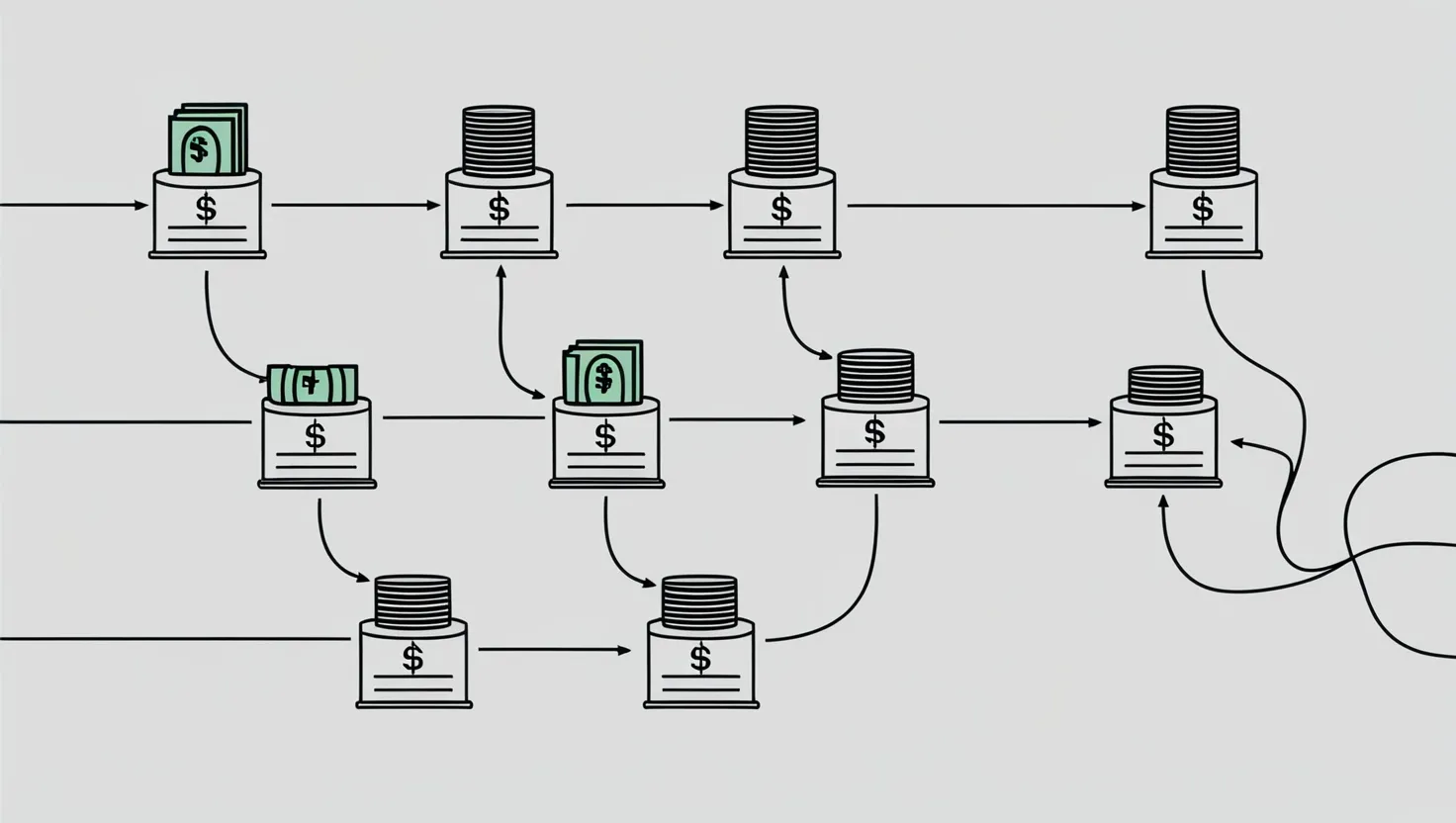**Account Mapping: The Banking Strategy That Cuts Spending by 20% Without Traditional Budgeting**
Master account mapping to automate your budgeting and save 20% more without willpower battles. Learn category-specific accounts, spending triggers, and behavioral hacks that make saving effortless. Transform your finances today.

How to Build Wealth by Capturing Small Financial Windfalls and Forgotten Money
Transform forgotten cashback, rebates, and tiny refunds into wealth with micro-windfall capture. Learn the $50 threshold rule and 70/10/20 allocation strategy to turn overlooked dollars into meaningful savings. Start building your financial future today.

Transform Your Daily Spending Into Wealth: Smart Credit Card Strategies That Actually Build Money
Turn credit cards into wealth-building tools with smart rewards optimization, 0% APR strategies, and automated payments. Learn tactics to boost credit scores while earning cash back on everyday purchases.
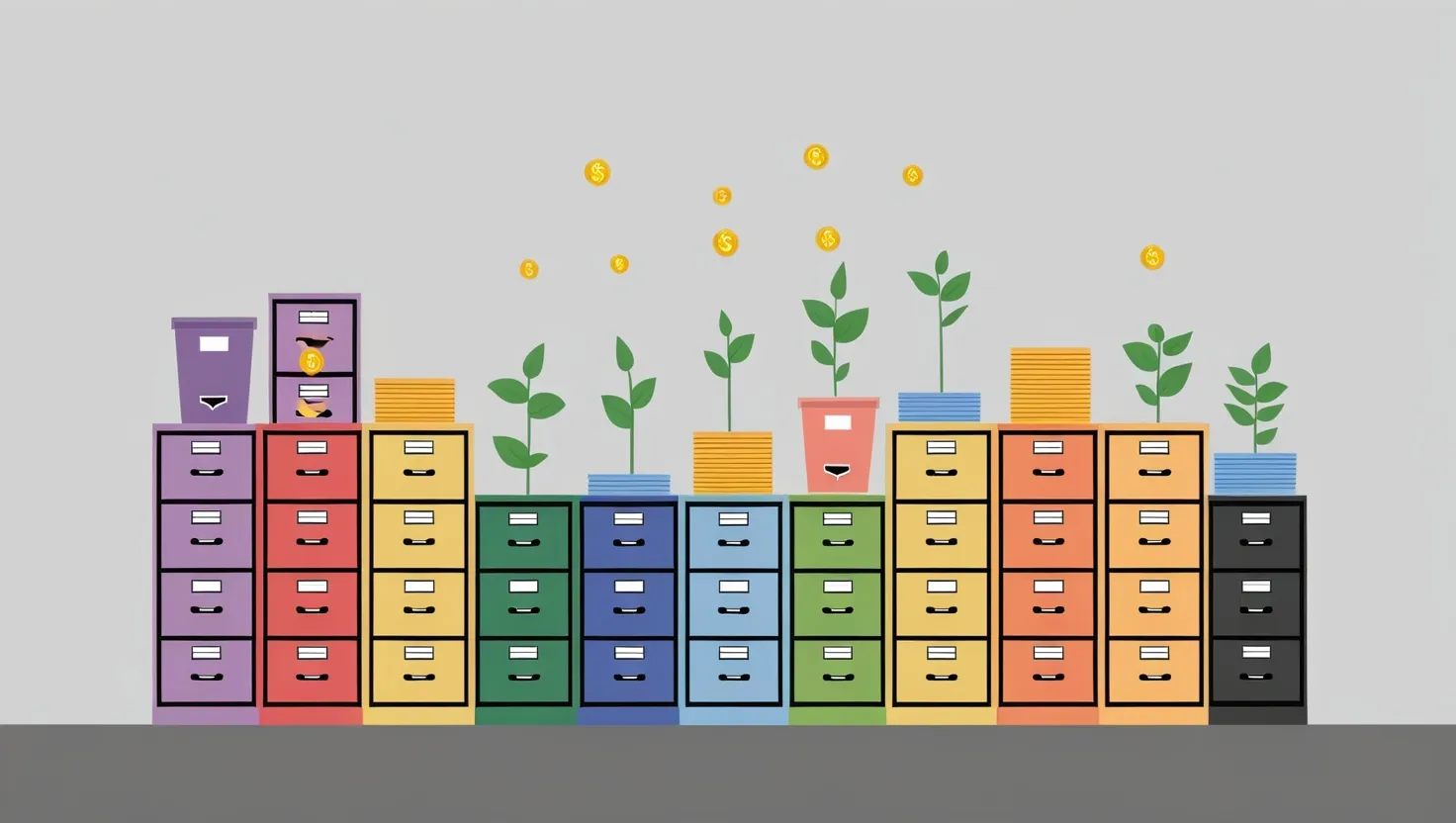
**Tax-Efficient Asset Location: Where to Place Your Investments for Maximum Returns**
Master tax-efficient investing with strategic asset location. Learn which investments belong in taxable vs. tax-advantaged accounts to maximize returns and minimize taxes. Start optimizing your portfolio today.

8 Strategic Methods to Maximize Your 401(k) Contributions in 2025
Discover 8 strategic methods to maximize your 401(k) contributions in 2025. Learn how to capture employer matches, optimize timing, and boost retirement savings effectively.

**Master High-Yield Savings Account Laddering: 6 Proven Strategies to Maximize Your Cash Returns**
Maximize returns with high-yield savings account laddering strategies. Learn 6 proven methods to build wealth using promotional rates and systematic deposits. Start today!

9 Expert Timing Strategies to Profit from Market Volatility and Maximize Investment Returns
Learn 9 strategic investment timing techniques to maximize returns during market volatility. Transform uncertainty into profit with systematic approaches.

Pay Yourself First: 8 Practical Reverse Budgeting Strategies for Debt-Free Living
Discover how reverse budgeting helps you prioritize savings before spending with 8 practical strategies for debt-free living. Learn the 'pay yourself first' method to build wealth while still enjoying life. Start your financial transformation today.

6 Zero-Based Budget Habits That Will Transform Your Finances
Discover 6 practical habits to build a zero-based budget that gives every dollar purpose. Learn how to track income, hold budget meetings, and create realistic categories for complete financial clarity. Start taking control today.
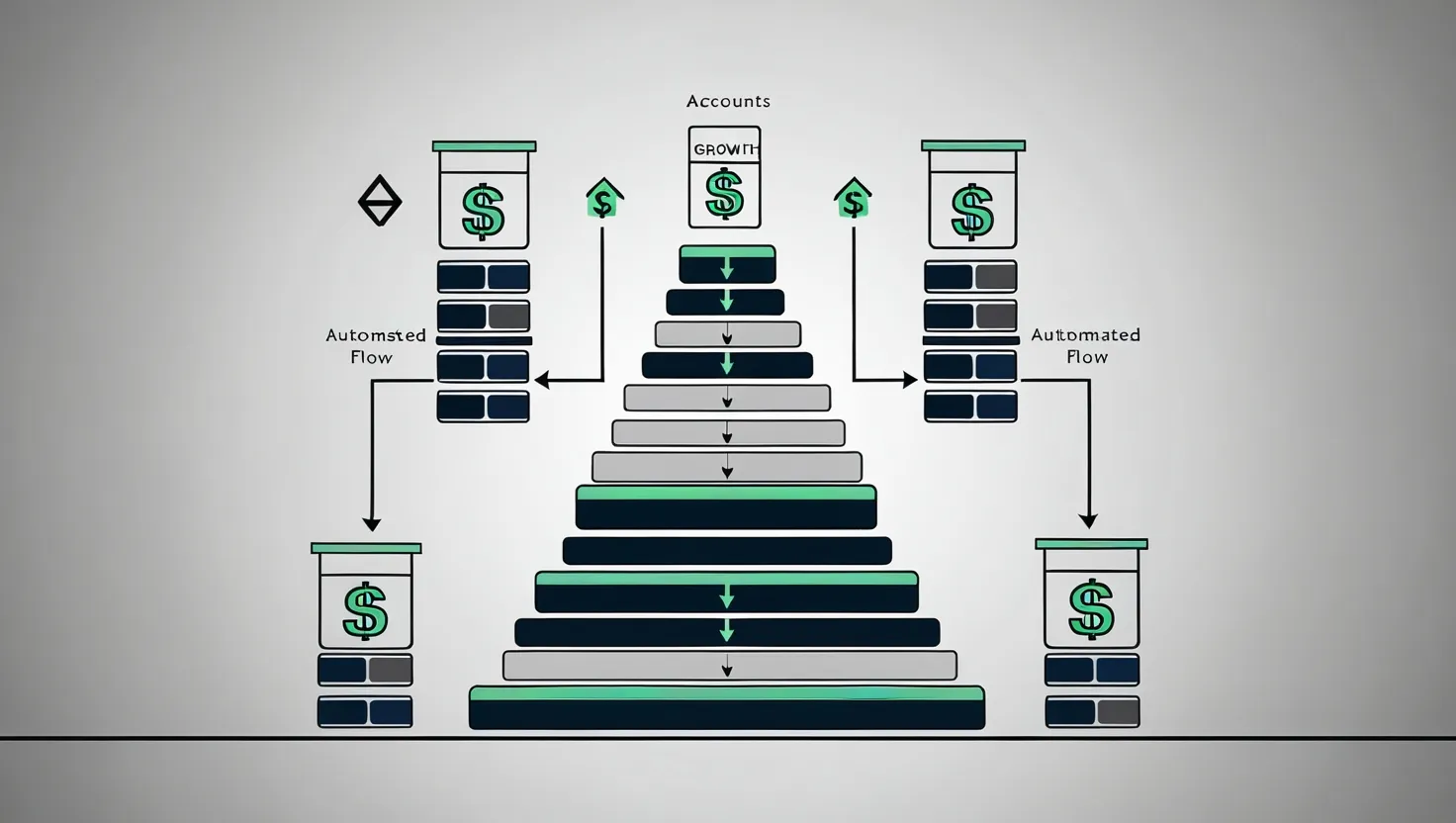
7 Smart Cash Management Strategies to Build Wealth Faster
Discover 7 proven cash management strategies to build lasting wealth. Learn how to optimize emergency funds, automate transfers, and make idle money work harder. Start building financial freedom today. #WealthBuilding #MoneyManagement
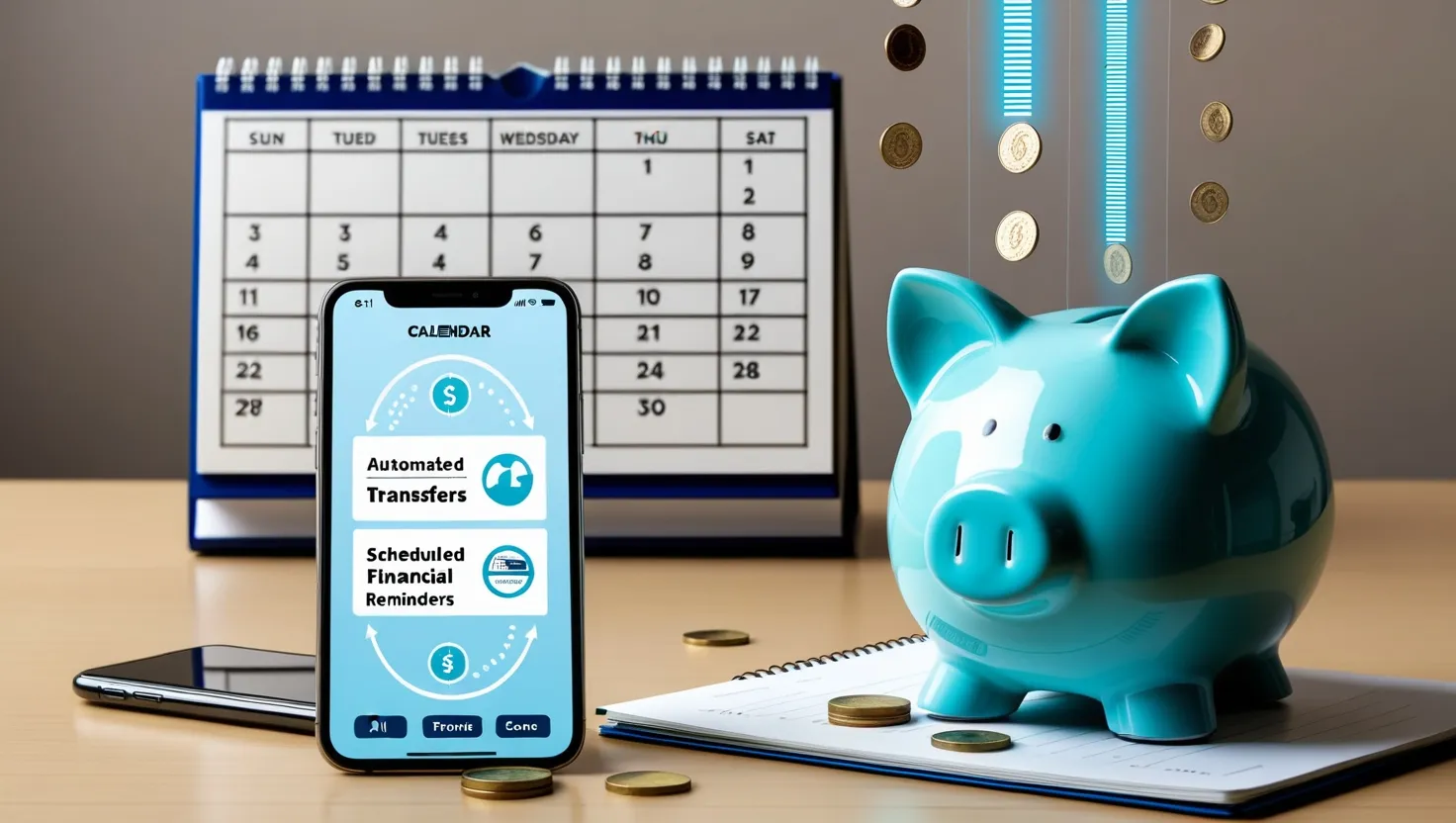
5 Automatic Savings Systems That Build Wealth While You Sleep
Discover 5 automatic savings systems that grow wealth without constant effort. Learn how to build financial security through smart automation that works quietly in the background. Start today and transform your future.
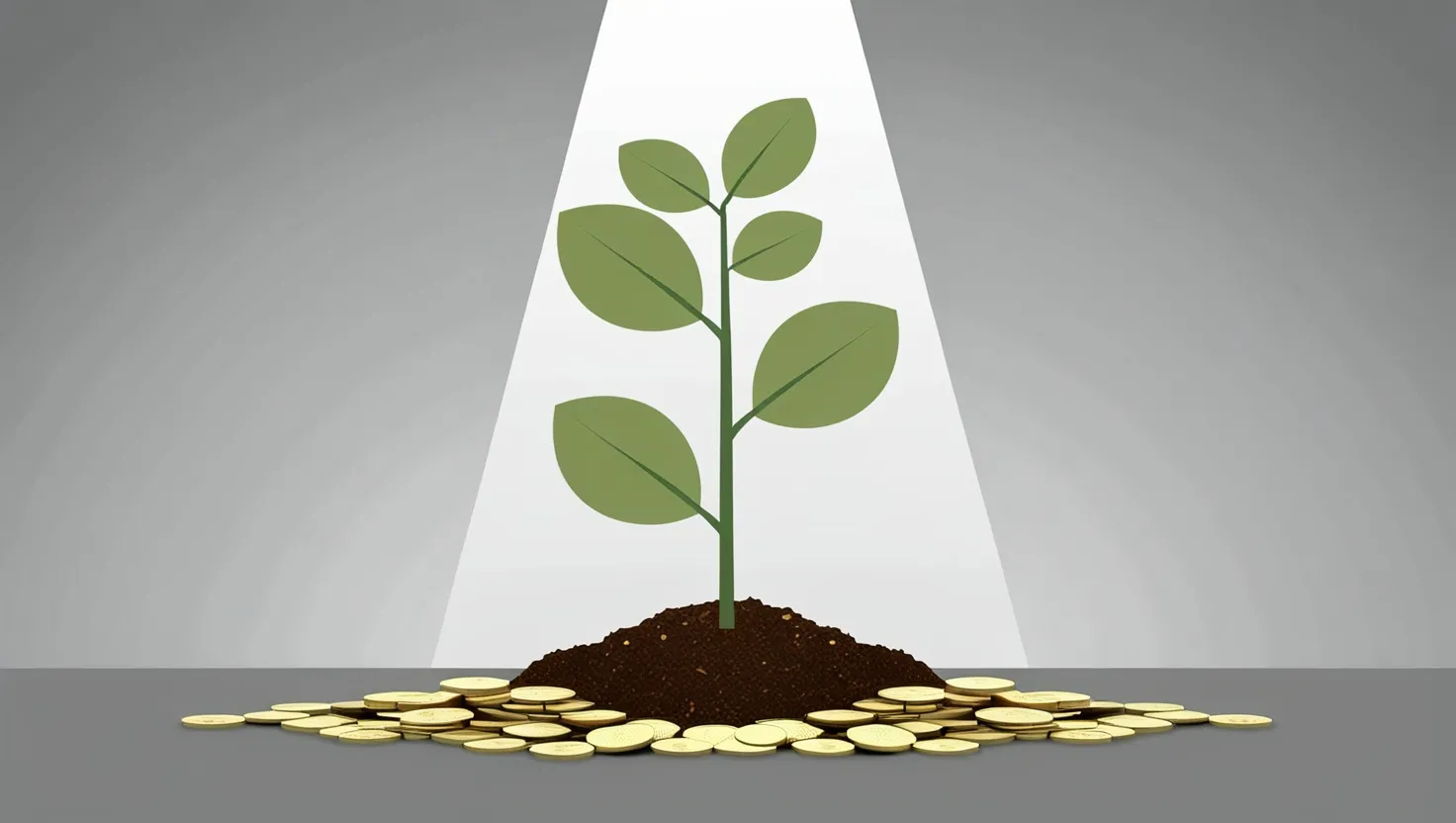
10 Micro-Budget Strategies to Build Wealth on Any Income Level
Discover practical micro-budget techniques to build wealth on any income level. Learn sustainable habits for saving, investing, and debt reduction that compound over time. Start your financial growth today.

How to Build a High-Yield CD Ladder: Maximize Savings While Maintaining Flexibility
Discover how to build a high-interest CD ladder to grow savings while maintaining flexibility. Learn proven strategies for staggered investments, online bank advantages, and specialized CD options. Start earning better returns today!
